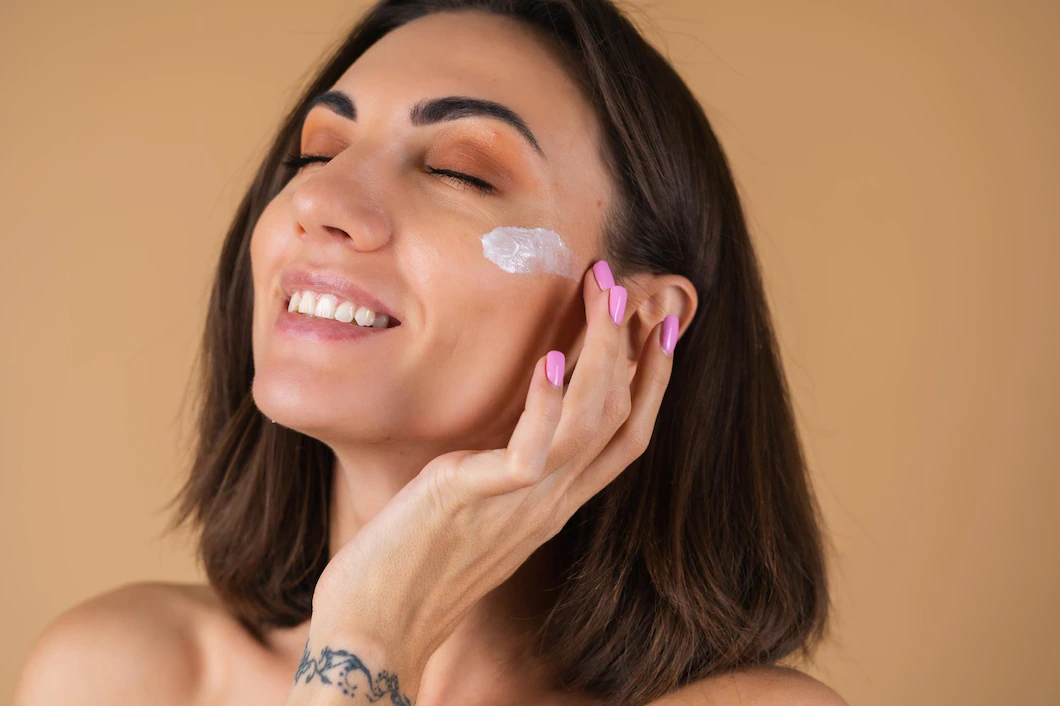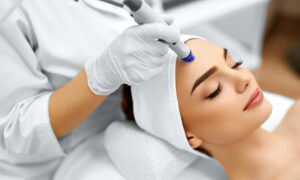Do you have oily skin? If so, you’re not alone. One in four people has oily skin. And if you have combo or sensitive skin, your problems are only compounded.
Oily skin is defined as a skin type that produces excess oil on the surface and often leads to breakouts. Oily skin can be exacerbated by environmental factors (including air pollution), lifestyle choices (smoking, drinking alcohol), and genetics.
Are you struggling with this problem? You may not be using the right brand or doing enough hydration. Oily skin is a common problem, and it can be tough to find the right solution. We prepared this 2023 guide on how to moisturize your face and take good care of it which will help you get control of your problem. You can successfully fight it by understanding its causes and using the right lifestyle changes.
Oily skin is the most common type of and it’s become so popular that many cosmetic companies now market oil-control products and health and beauty solutions specifically to oily skin. But what do you need to know on this subject? It can be a daunting task, but with a few simple tips, you can get the moisture your epidermis needs and lower the severity of your oil production.
If you have this sort of trouble, you know it’s not always easy to find a lotion that works well for your skin type. Plus, most moisturizers are overloaded with chemicals and ingredients that can make your skin worse.
A simple beauty routine will moisturize the epidermis and help reduce oil production. Oily skin can be caused by the overproduction of sebum, which is an oily secretion from the sebaceous gland.
Sebaceous glands are located mainly in the cheeks, forehead, chest, and neck.
If you’re looking to moisturize without using the wrong personal-care products or harsh chemicals, follow these few easy steps:
1. Cleansing
Before anything else, you need to take steps to cleanse your face. This means that you should remove all of the extra oils and dirt that have accumulated on your face over time. There are a couple of ways to do this: try with a foaming cleanser or a clarifying foam. Make sure that you use a mild soap and pat dry afterward.
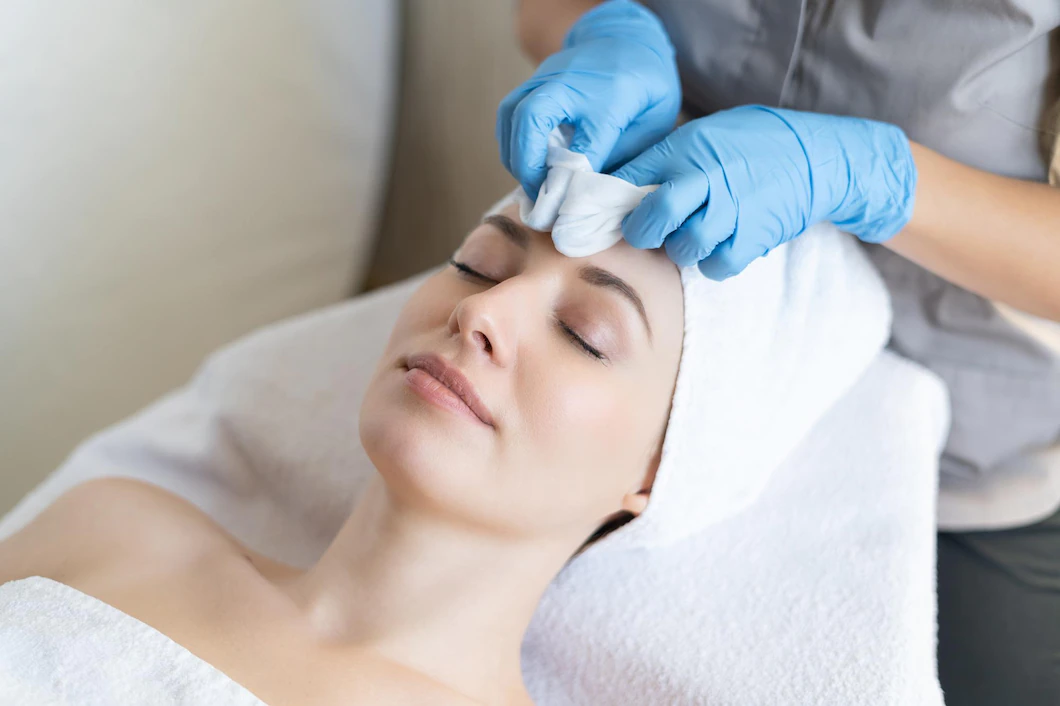
Source: freepik.com
2. Exfoliating
Once your canvas is clean, it is time to start exfoliating. This will remove any remaining particles and dead cells on your skin that have built up over time. You can do this using a chemical or mechanical exfoliant. Make sure that you apply adequate pressure while exfoliating to avoid skin damage.
3. Hydration
One of the best ways to prevent oil production is to hydrate your skin correctly. This means increasing the water intake throughout the day and incorporating hydration-rich foods into your diets such as fruits and veggies. Also, make sure to apply topical hydrants before bedtime for optimal results in the morning.
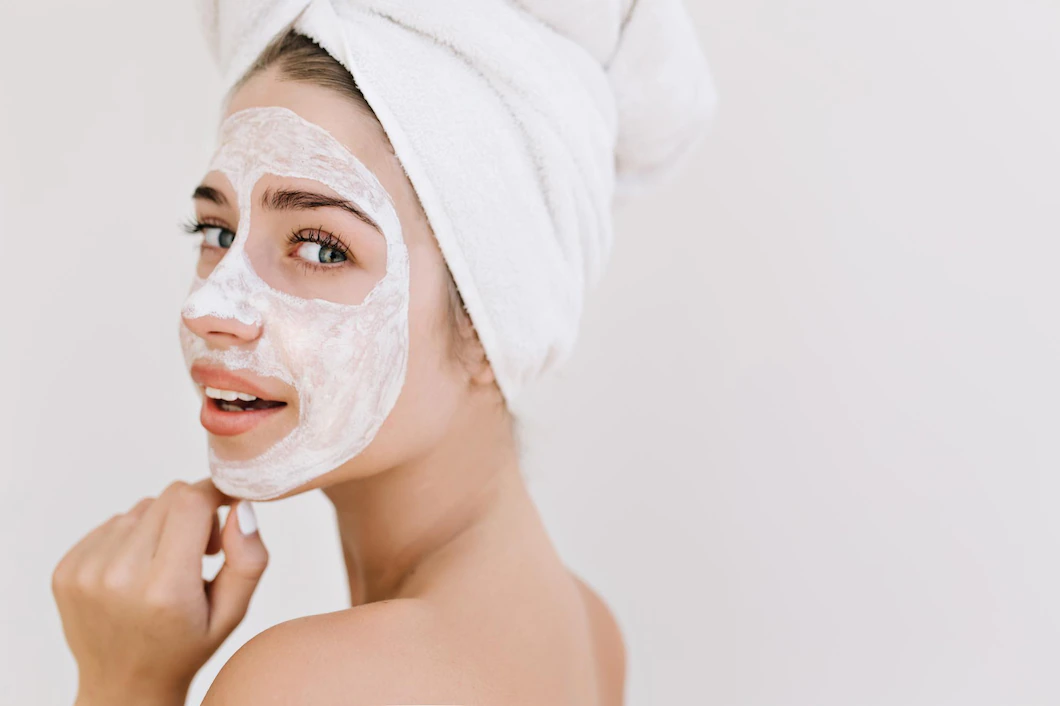
Source: freepik.com
4. Sunscreen
Another important step that tends to get oily is sunscreen protection. Sunscreen shields your skin from harmful UV rays that can cause damage to the cells in the underlying layer called the dermis. In addition, it prevents excessive shine and oil production from building up on the face over time.
5. Face creams
Choose a light lotion that won’t weigh down or feel too oily. Try applying it just before bedtime to allow your skin to rest and refresh itself overnight. Avoid using heavy cream-based moisturizers as they tend to be too thick and will only make the face oilier. Instead, opt for lightweight creams that contain purified water, vegetable oils, and extracts. These ingredients will help to moisturize it without causing excessive burning or further problems.
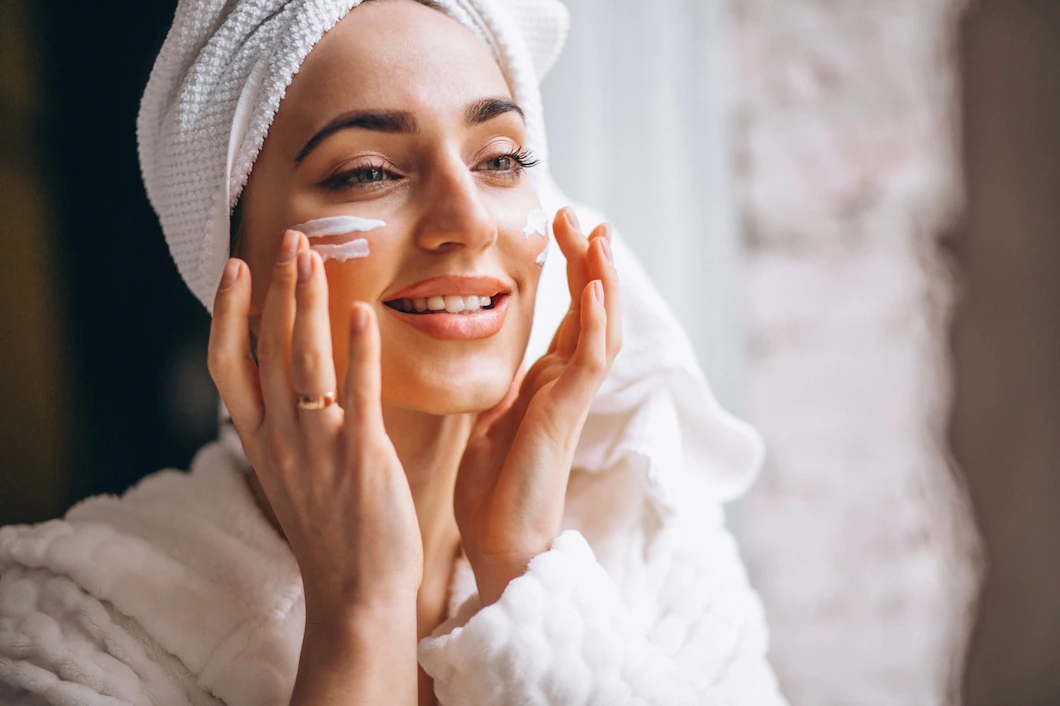
Source: freepik.com
Aside from the routine you should follow every day for a glowing and healthier look, there are a couple of things that you should try to avoid over-doing, and they are the following:
1. Washing your face too often
You may be washing your face too often. According to doctors, overwashing your face can do a certain type of damage. Overwashing your face can strip the delicate skin of its natural protective barrier and cause dryness, redness, and sensitivity. Not only that, but over-cleaning can also lead to sensitive skin syndrome, acne, and brown spots. If you are bothered by any of these conditions, it’s best to limit your exposure to cleansing products and water. Try using a facial wash once a week instead, or use a gentle soap like glycerin soap instead.
2. Using harsh or abrasive scrubs
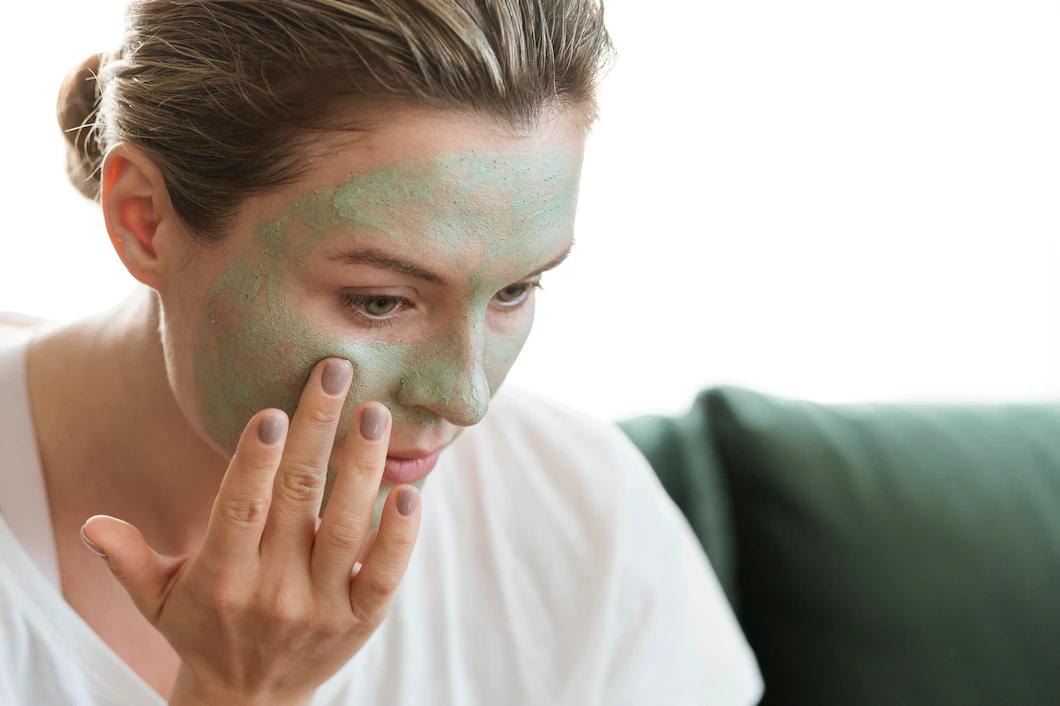
Source: freepik.com
Harsh scrubs are often made with abrasive ingredients that can ruin the layer of skin called the epidermis. Furthermore, these scrubs may also contain acids and might cause excessive peeling or redness. Quite a few studies have shown that harsh scrubs are not effective in removing dirt and oils. Avoid using harsh scrubs. Instead, use a gentle exfoliator that will remove all the bad stuff without damaging your skin layer.
3. Skipping skincare
Do keep avoiding the products because you think they’re expensive or unnecessary? You might be making a mistake. Skipping it can lead to worsening the state, dryness, and age spots. There are many benefits to using skincare products.
Not only will your face look and feel better, but you’ll also reduce the risk of cancer. If you don’t have any major concerns with your skin, then it’s best to begin using some form of the daily routine every day. There are a lot of cheap, natural and quality options out there, so don’t let myths about skin care keep you from getting the most out of this important aspect of your health.
For people with such problems, choosing the wrong moisturizer can make your face feel dirty and heavy. Pick a lightweight cream for the face, that has a light fragrance, and is free of silicone, mineral oil, petroleum jelly, and other harmful chemicals.
Lotions are key for healthy skin because they help prevent dry patches and promote cell turnover. Frequent use of the right moisturizer can also reduce unwanted blemishes and wrinkles. I hope that this guide will be your savior and with our tricks and tips you will reach the perfect condition of your face. Don’t forget, be gentle to your skin.


